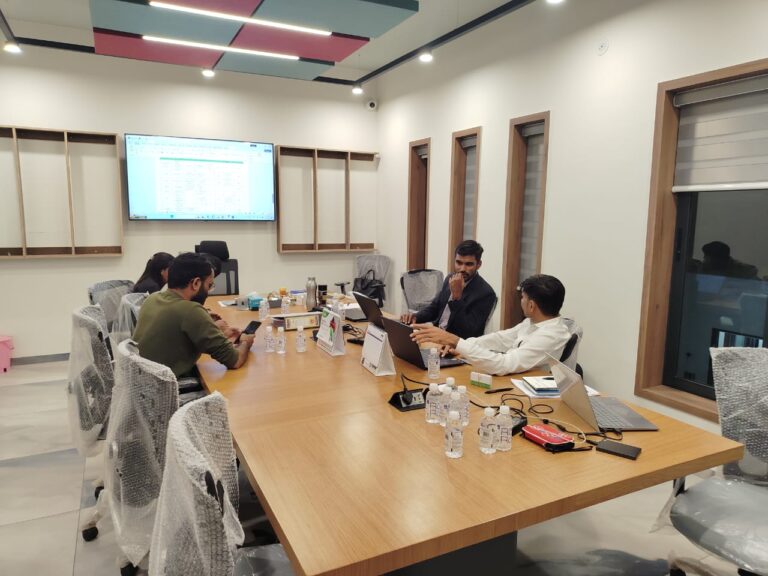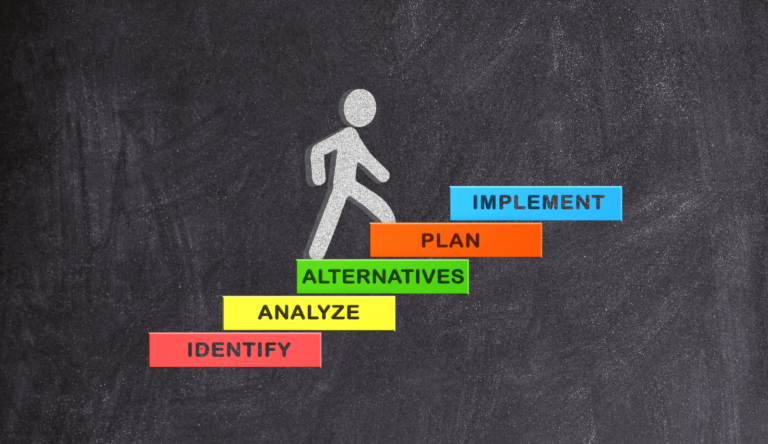Organization Development
Designing and developing organizational structures that align people, processes, and policies for maximum efficiency and growth.
What We Mean by Organization Development
Organizational design and development is the process of creating and refining a company’s structure, roles, processes, and governance to ensure they support strategic goals and enable sustainable growth.
1. Structural Alignment
Ensuring the organizational setup supports business objectives and customer needs.
2. Role Clarity
Defining responsibilities, authority, and reporting lines for every position.
3. Policy Integration
Aligning HR, operational, and governance policies with organizational structure.
4. Conflict Resolution Frameworks
Building systems to address interdepartmental and cross-team issues effectively.
Holistic Transformation Approach
- Aligned across all business functions and processes
- People engagement and capability building
- Built on actionable insights and data intelligence
- Designed for long-term adaptability

What Clients Usually Struggle With
Organizations often face recurring obstacles when formulating their vision, leading to misalignment and stalled progress.
1. Outdated Structures
Organizational setup not aligned with industry standards or current business goals.
2. Undefined Roles
Lack of clear job descriptions, responsibilities, and reporting lines.
3. Policy Misalignment
HR and operational policies are not integrated with role levels or functions.
4. Process Gaps
Missing documentation for value chains, workflows, and departmental interactions.
5. Departmental Silos
Limited collaboration and communication between key business functions.
6. Unresolved Conflicts
Disputes and decision-making challenges that lack structured resolution mechanisms.

Cost of Inaction
Neglecting Organization Development results in inefficiencies, higher operational costs, and reduced employee engagement.
Low Productivity
Overlapping roles and unclear responsibilities slow execution.
High Dependency
Key knowledge concentrated with a few individuals.
Weakened Collaboration
Poor coordination between teams hinders strategic execution.
Our Approach to Organization Development
We create an organizational framework that is structured, transparent, and adaptable to changing business needs.
The Transformation Process
Structure Assessment
Reviewing the current organizational setup against business goals and industry standards.
- Evaluate alignment with strategic priorities and customer needs
- Benchmark against leading industry practices
Role & Responsibility Mapping
Defining clear job descriptions, accountability, and reporting relationships.
- Ensure every role has documented responsibilities
- Establish transparent reporting and authority structures
Process Documentation
Mapping workflows and value chains from procurement to customer delivery.
- Capture core operational and support processes
- Highlight bottlenecks and opportunities for improvement
Policy Alignment
Integrating HR, operational, and governance policies with organizational levels and functions.
- Standardize leave, travel, bonus, and overtime policies
- Align appraisal formats and offer letters with role levels
Cross-Functional Collaboration
Reducing silos and improving coordination between departments.
- Establish structured forums for decision-making
- Promote shared ownership of organizational goals
Conflict Resolution Mechanisms
Creating clear procedures for addressing disputes and decision implementation challenges.
- Implement structured discussion and mediation processes
- Build accountability frameworks for conflict resolution
Proven Methodology and Frameworks
Skills-Will Matrix
Evaluating employee capability and motivation to determine the right development and management approach.
Organizational Maturity Models
Assessing the organization’s structural, cultural, and process maturity to prioritize improvement areas.
Effort-Impact Matrix
Prioritizing organizational changes based on the balance between required effort and expected impact.
RACI Matrix
Defining responsibility, accountability, consultation, and information flow for every role and process.
